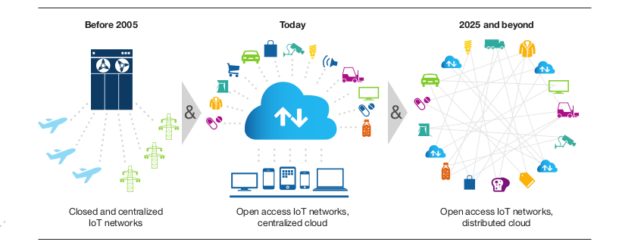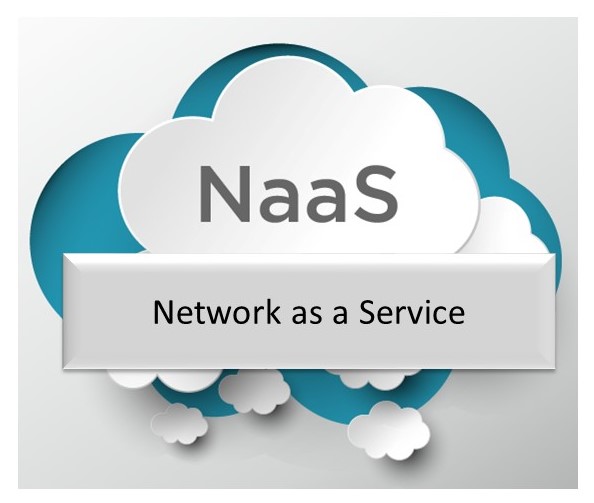To keep pace with evolving customer needs, enterprises are adopting cloud, big data analytics, Internet of Things (IoT), and mobility to drive business efficiency and performance. However, as they move to these new IT models, the future enterprise network challenges is increasing. Many enterprises are challenged with the rigidity and complexity of their enterprise networks, which are limiting the performance and time to market of applications and services.
The future network challenge in the enterprise is the dramatic growth in traffic they will face in the coming years. As the adoption of IoT increases, the enterprise networks will encounter another surge of devices, applications and data. In most of the enterprises the current networks are impeding innovation and business growth.

Overall View
By 2018 (based on the IDC’s Worldwide IT Industry 2016 Predictions) the number of IoT devices will be double or triple, driving the development of 200,000+ new apps. Companies without an IoT strategy will be left behind trying to catch up or disappear from the map. This means, companies need to prepare now for the network takeover of the “things”.
The IoT era is forcing companies to pay attention to network bandwidth, agility, availability and security for the connected devices. It is imperative to monitor and control networks, applications and services but even more important to have robust policy to manage and control all the devices and their IP address.
Security
Network security is one of the most important challenges in an IoT strategy. The networks are the doorways to a company’s infrastructure and applications and customers’ and companies’ devices. It is important to have the right governance, policies, security monitoring applications and security network team to achieve a secure network. The goal is to be proactive, constantly looking for vulnerabilities, network uptime, upgrading systems and infrastructure, keeping devices at the right level of firmware, and maintaining an accurate inventory of the devices (including IP addresses) connected to the network.
Budget
The CIO is responsible to educate the other C-levels about the importance of the network infrastructure, applications and security in the new IoT era. The CIO should have enough network budget to support the implementation of IoT strategies and initiatives. Network is the most important component in the new “connected devices society and culture”. CIOs should work on bridging the gap between IT and the C-suite in order to get the trust and support needed to deliver what is needed in the new IoT world.
Conclusion
The Internet of Things requires to have the right network infrastructure, network performance, and network scalability. In order to achieve this, it is imperative to have the following elements in place:
- a solid internal and external network governance and policy
- best network practices
- up to date on what is happening in IoT
- proactive network department
to implement the necessary changes as agile as possible.
Future enterprise network architecture will be designed and built on a network-as-a-service (NaaS) model, which will deliver network services virtually, either through subscription or a “pay as you use” service model, to enable businesses to dynamically adapt to off-peak and peak demands.

>>>>> <<<<<
LEAVE A COMMENT below
Your opinion and feedback are important to me
